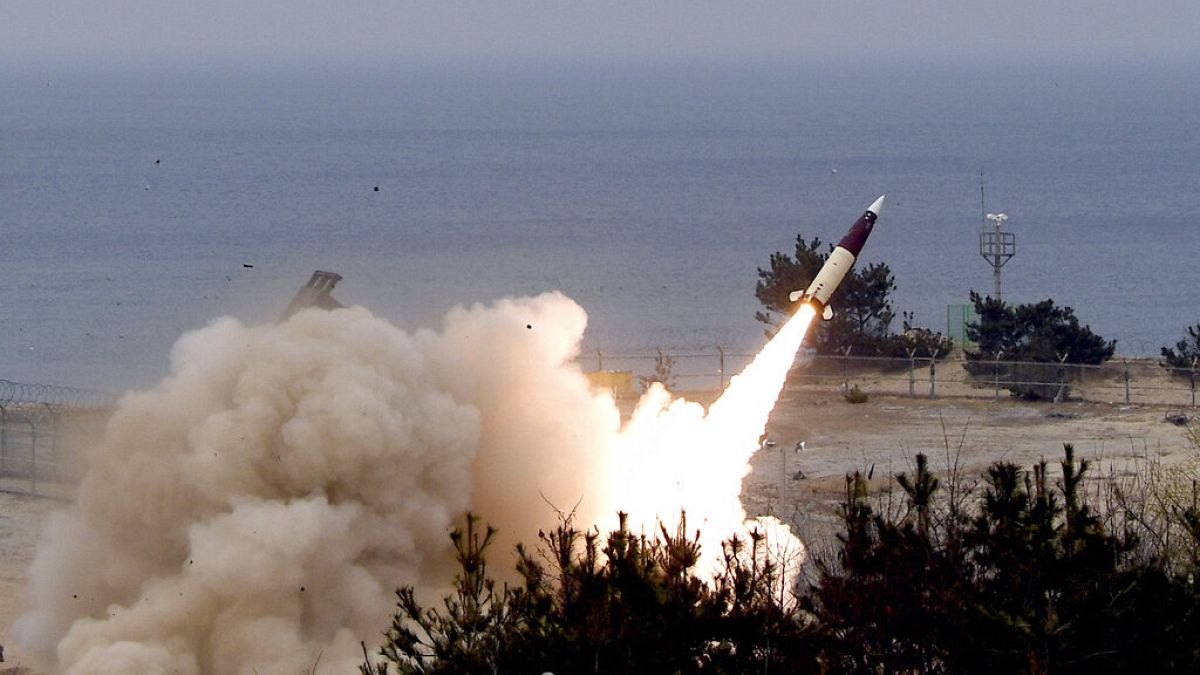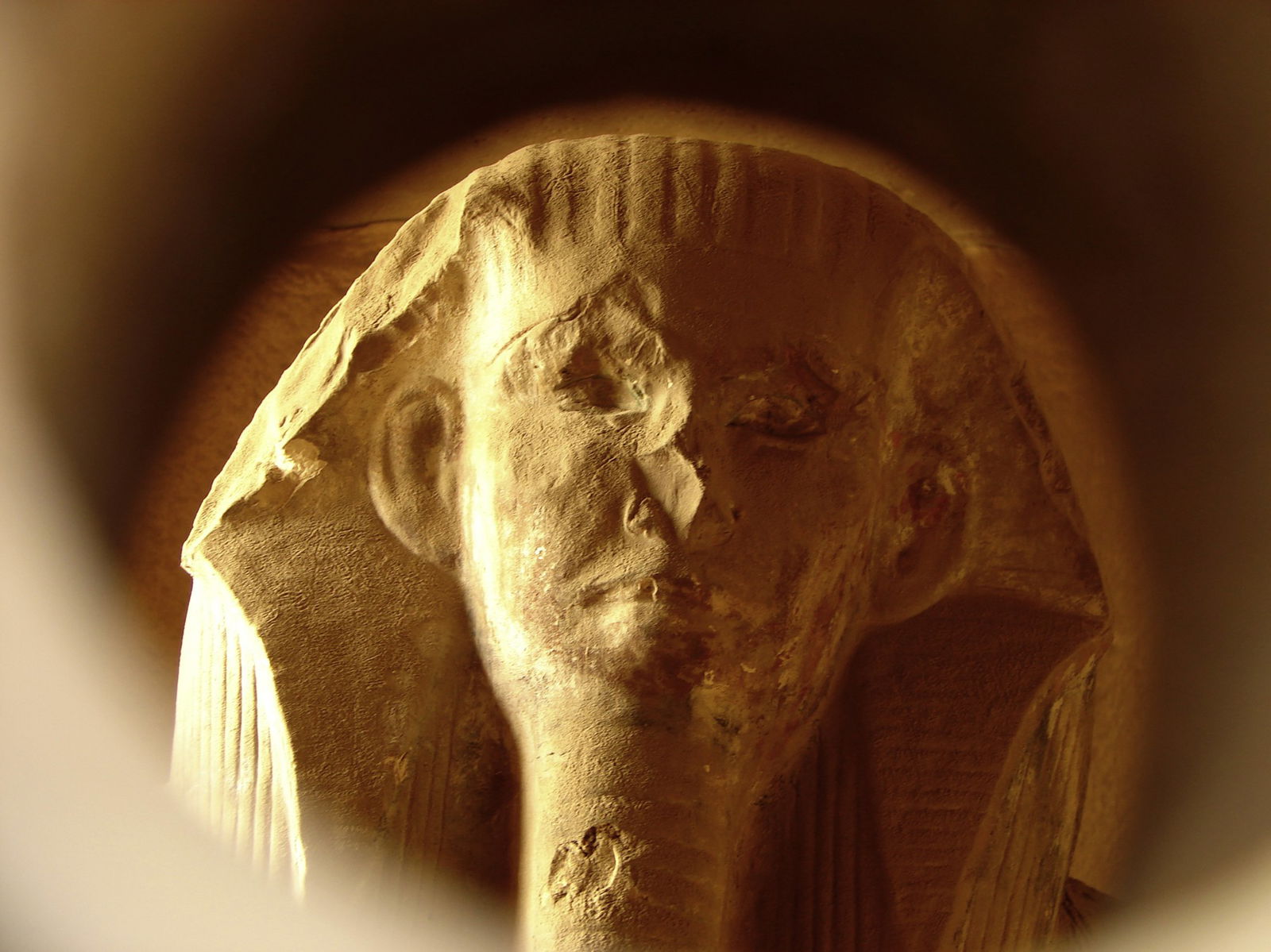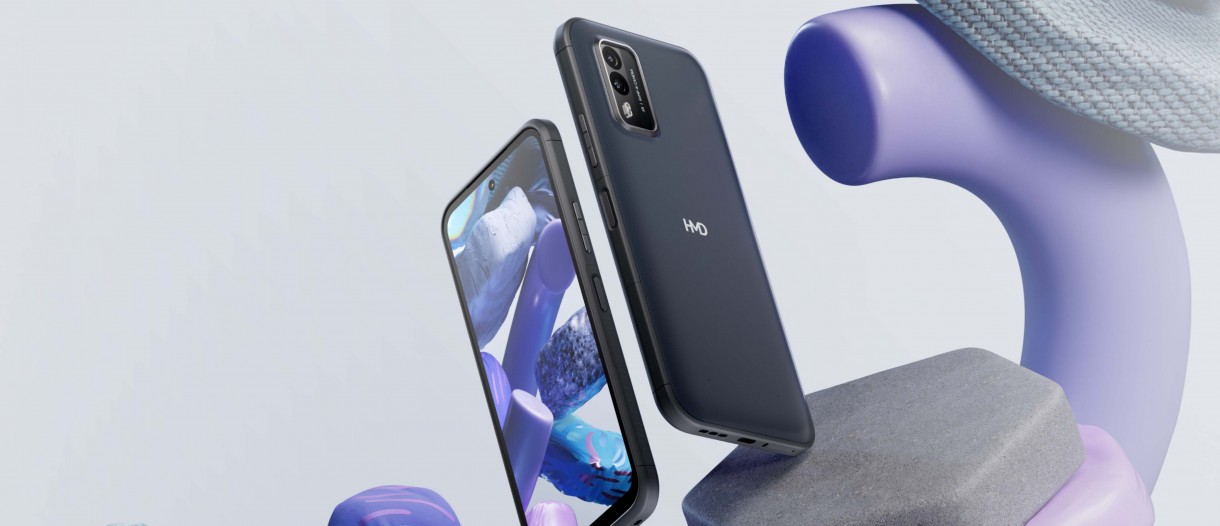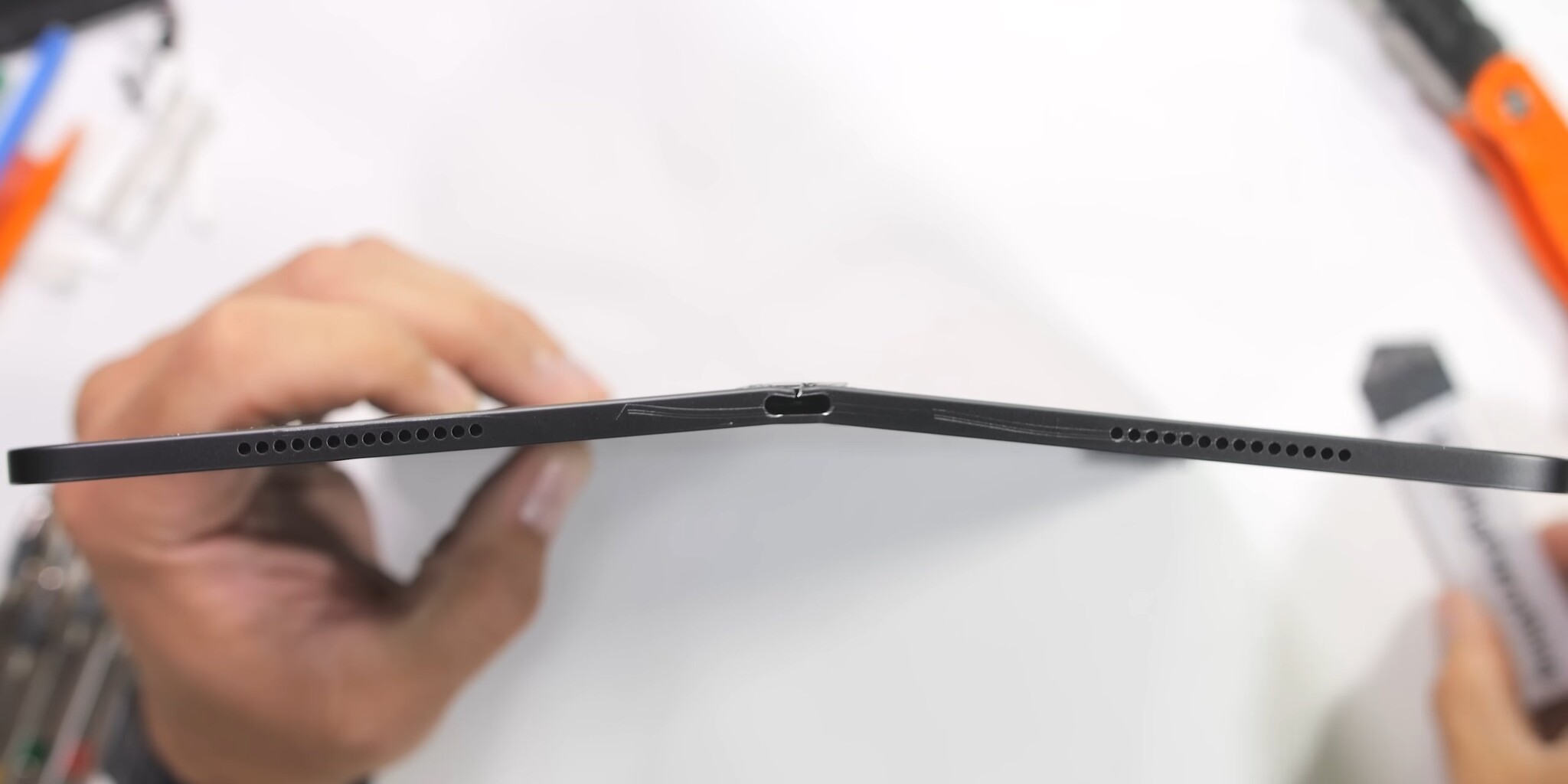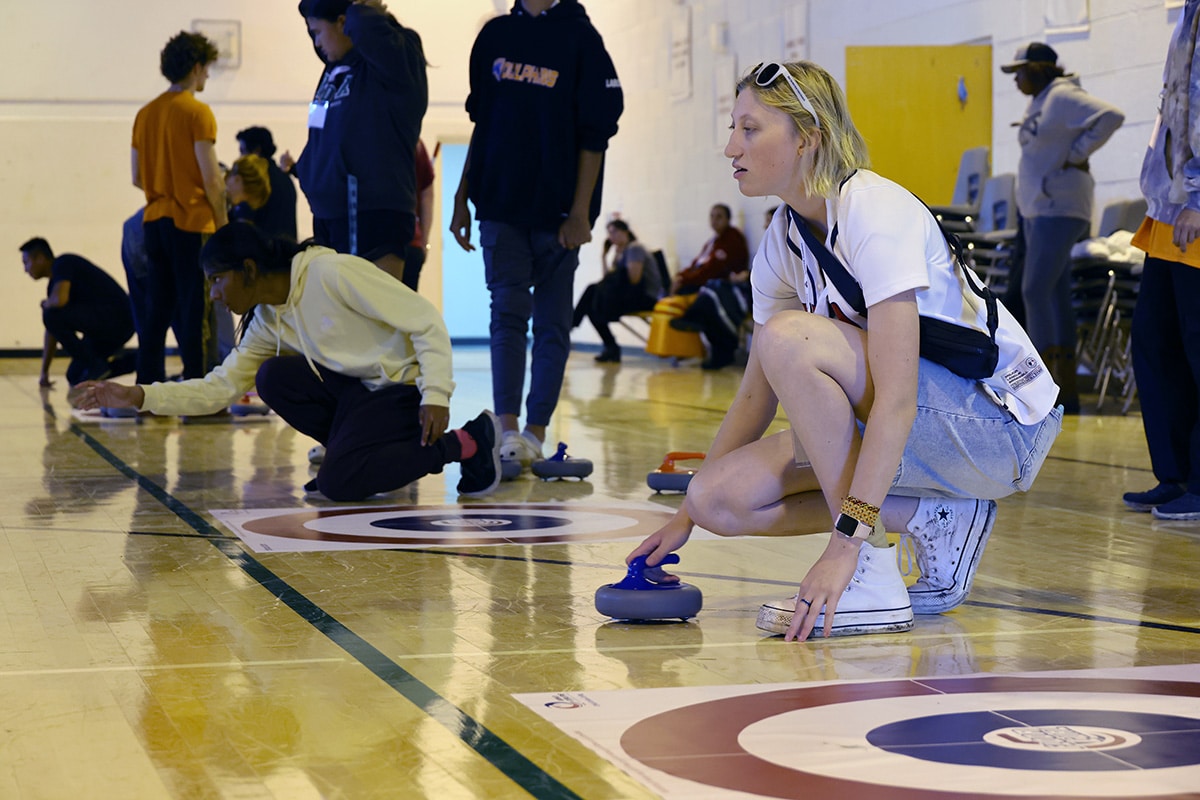The work of Giovanni Bianchini, in which he actually used the decimal point.
The decimal point (or decimal point in most of the world's languages) is such a simple and intuitive part of digital information in everyday life, science and finance alike, that it is difficult to imagine that it has not always been there. However, it only became widespread in the early modern era as a symbol for separating integers and decimal numbers. Decimals had been used before in the Middle East and, for example, in China, but in Europe, units smaller than one were expressed as fractions, which was much more difficult than decimals.
Until now, we knew that German astronomer Christopher Clavius first formally used the decimal point (and the decimal points behind it) in an astronomical treatise published in 1593. However, a recently published discovery reveals that Clavius did not invent this system himself, but rather followed a long-standing tradition At least 150 years: A Venetian astronomer named Giovanni Bianchini had already followed this method in the first half of the 15th century.
The just-found work by Giovanni Bianchini (pictured in the opening image) was created between 1441 and 1450. The discovery was made by Glen van Bloemmelen, a Canadian mathematics historian, and published in the journal Historia Mathematica Post it. His eyes accidentally fell on one of Bianchini's texts at the tenth point. Researcher A natureHe told me that he was teaching at a mathematics camp when he saw a decimal point on his laptop at night and ran up and down the dorms in excitement to immediately tell everyone what he had found.
Although fractions were used in numbers in the past, most medieval mathematicians used not the decimal number system, but rather the hexadecimal number system, to express values less than one. The division of a circle into 360 degrees and the system used to measure time to this day (60 seconds make up a minute, 60 minutes make up an hour) preserves the memory of it.


